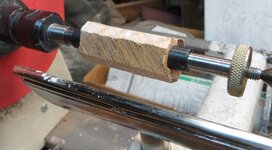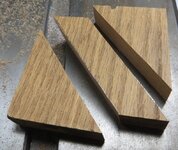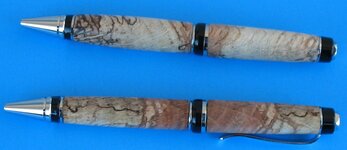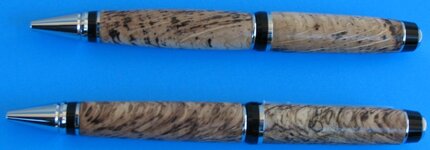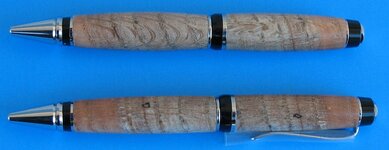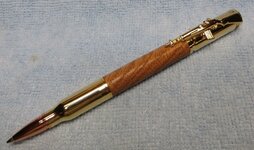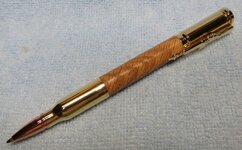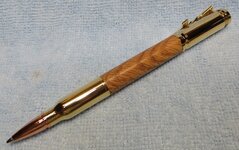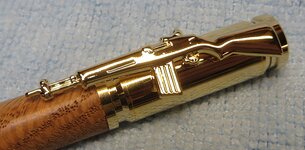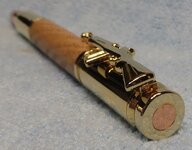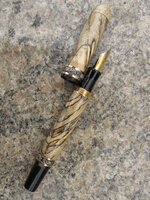Jim
Oil/ waterbased/waterborne film finishes build with each coat applied (lacquer, poly, shellac, varnish).
Lacquer & shellac, each coat dissolves into previous coat.
Resigns poly& varnish, may need really light sanding between coats to adhere to previous coat.
Another difference is how they dry, how long it takes to recoat, or fully cure.
Oil/varnish/blends easy to make your own, 1/3 oil, 1/3 resin (varnish/poly) 1/3 solvent/thinner. So many great commercial products hard to mention them all. They leave a light film on wood and easiest to apply. Number of coats of oil varnish blends do not build up finish or increase durability.
Wiping Poly/Varnish or resins easy to make your own using 50% resin & 50% solvent thinner. Two coats equal one coat of film finish. Again many commercial products to choose from, but should check ingredients, do not want more than 60% solvent. Easy to apply and film build increases with number of coats.
Water based & waterborne products differ chemically but work about the same. Some remain clear & some like oil finishes impart an amber hue. While drying times almost the same clean up a lot easier.
JMHO, prefer semi or high gloss finishes because add a depth of sheen and showcase grain/figure in wood. Have also used satin finishes but less coats.

